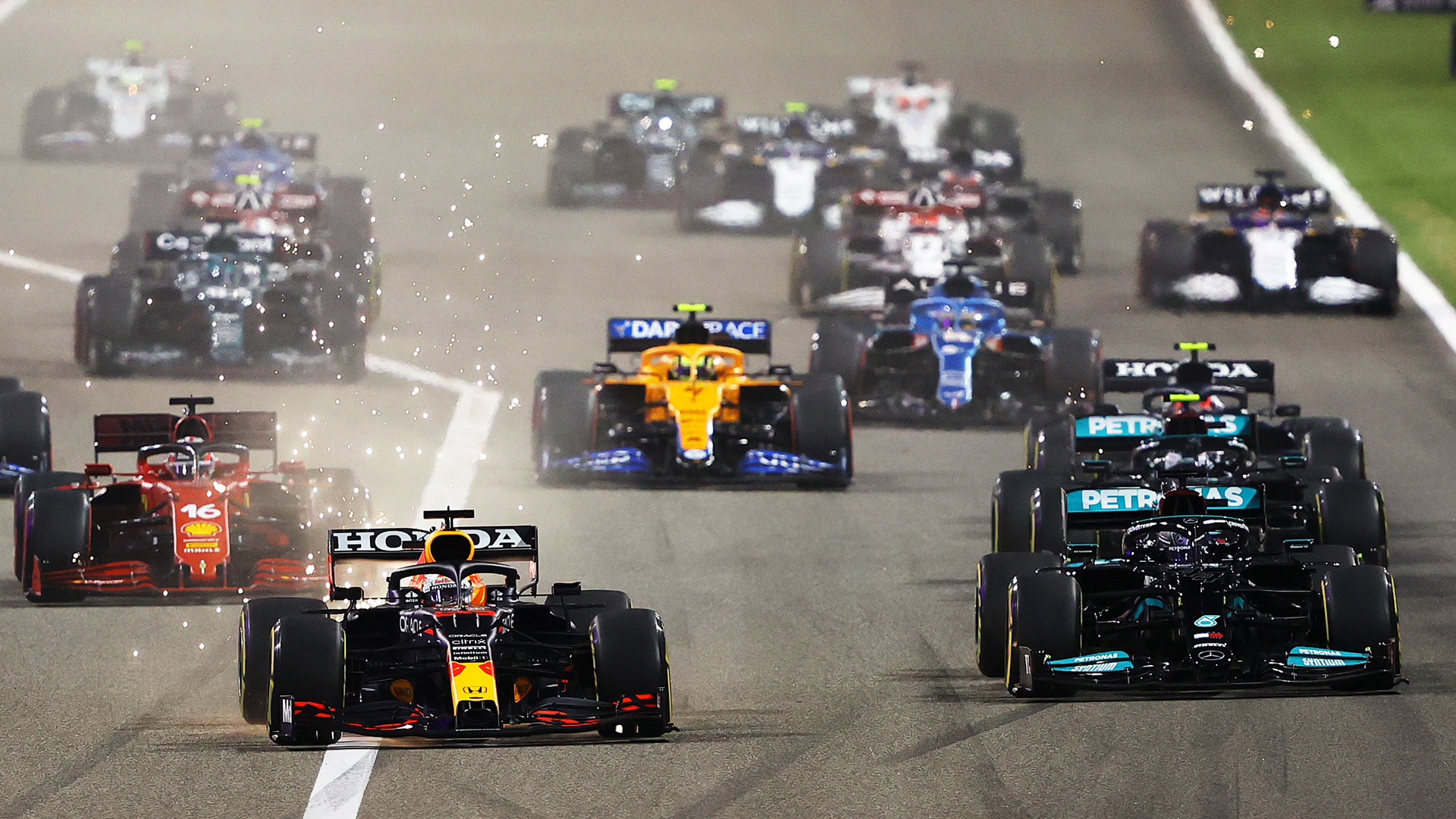The FIA or Fédération Internationale de l’Automobile (FIA) was established in 1904 to represent the interests of motoring organizations. It is a governing body of multiple auto racing events including Formula One, Formula 2, Formula E and the World Rally Championship, to name a few. The FIA issues licenses to organisers and promoters of these racing categories.
What is Formula E?
The ABB FIA Formula E is a single-seater motorsport championship for Electric Cars. It was founded in 2014 by a Spanish entrepreneur, Alejandro Agag, who collaborated with the FIA and its then president, Jean Todt. In Formula E, cars reach a top speed 200-240 km per hour. Each car is operated out of powertrains capable of providing 250-335kW of power. 40% of the energy used is regenerated back to the car via regenerative braking. Formula E was created to encourage innovation and to facilitate the inevitable transition to electric racing cars.

What is Formula One?
Formula One or F1 is the apex form of motor racing sanctioned by the FIA. Formula One cars can reach a top speed of 360km per hour, while carrying immense speed through corners. While the engines in F1 were normally aspirated combustion engines until 2014, it has now moved to a hybrid power unit – a combination of the internal combustion engine and energy recovery systems that recharge under braking.
Presently, 10 teams compete for the constructors’ championship every year. It is a unique sport in that some of the most successful car companies deal with elements of adrenaline, drama and controversy in a bid to win the drivers and constructors’ titles. F1 has increased its viewership of late thanks to a big push to market the sport worldwide. The Netflix series titled ‘Drive to Survive’ has ushered millions of new fans into F1 over the past 4 years.

And We Go ‘Green’
F1 is increasing its focus towards becoming sustainable. The usage of sustainable fuels (presently at 10%) and research regarding it has been improved tremendously. In December 2021, the FIA at the World Motorsport Council took some major decisions on the 2026 Power Unit regulations and key objectives up for discussion.
● A powerful environmental message – 100% usage of sustainable fuel, overall efficiency, and shift of focus to electrical power.
● Significant cost reduction – easing barriers for prospective engine manufacturers
Governments around the world are mobilising towards change for a more sustainable future.
● The European Union plans to ban Internal Combustion engines by 2035, while the UK plans to do the same in 2030.
● The State of California has mandated that all cars and trucks being sold in the state must be zero-emission vehicles by 2035.
This is a clear indication of the future of what the world wants to progress towards.
During a season where the drivers’ championship was won with Red Bull, engine partner Honda made a shock announcement by leaving the sport at the end of 2022. The Japanese car company spoke about how they had achieved their goals in F1, and how they were interested in undertaking the next phase of car development. Some of their top priorities in the medium to long term include switching to renewable energy, developing their hybrid technology and achieving carbon neutrality by 2050. Several other Japanese companies, such as Suzuki (which recently announced a shock exit from MotoGP) are fully invested in the growth of electric mobility.
The confluence of Formula 1 and Formula E
The Volkswagen group has finally decided to join Formula One in 2026 through two subsidiaries – Audi and Porsche. Both Audi and Porsche have participated in the Formula E championship, and it is interesting to see why the VW Group has decided to enter the F1 market after many years of deliberation.
The Chairman of the VW Group vaguely spoke about how if one has to participate in motorsport, F1 is where the impact is greatest. While Porsche is still a part of the Formula E, Audi has already withdrawn after competing for a few years. The group has also talked about its interest in sustainable fuel development in the future. The impact of social media and modern marketing has catapulted F1 into another dimension globally, which Formula E cannot offer. With the departures of Mercedes and Audi from Formula E, there are new entrants like Maserati who are set to join the series.

Looking at the dynamic changes in the landscape of motorsport, one thing is certain – there will come a day when Formula E and Formula 1 cannot coexist. The Founder of Formula E, Alejandro Agag himself, has spoken about the high possibility of resources merging to form 1 championship. He believes the future is electric. Perhaps, there may be a merger once Formula E’s 19-year exclusive license (for open wheel electric racing), issued by the FIA, runs out.
Where do you think the future lies? Will F1 and Formula E merge eventually? Or will each hold its own significance and niche?
Let us know in the comments!
#Vilayinsights




